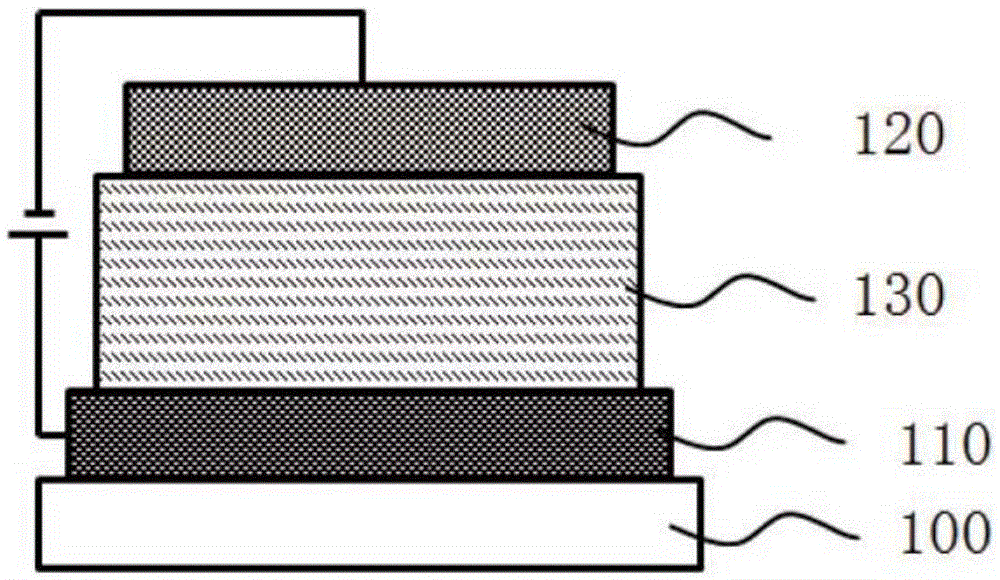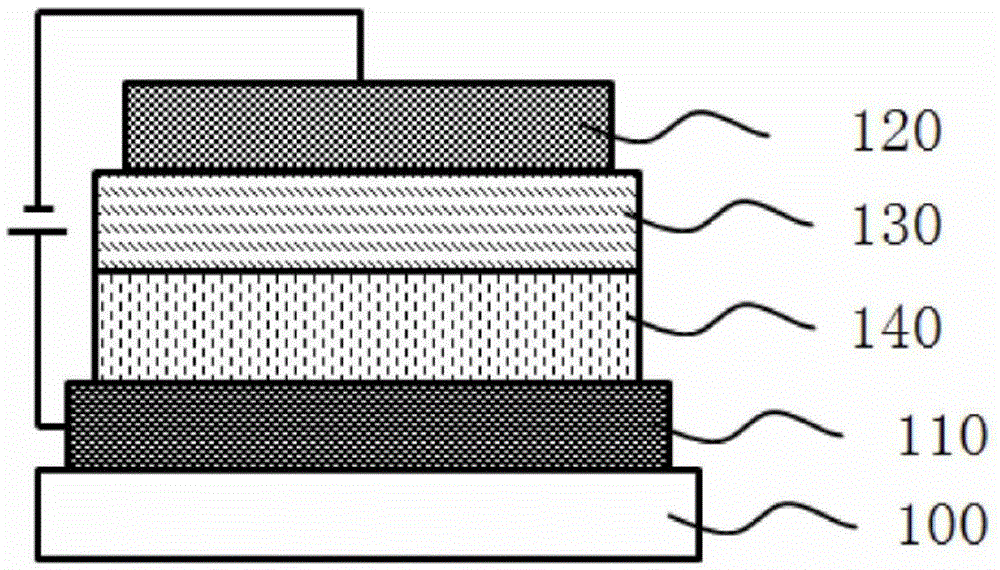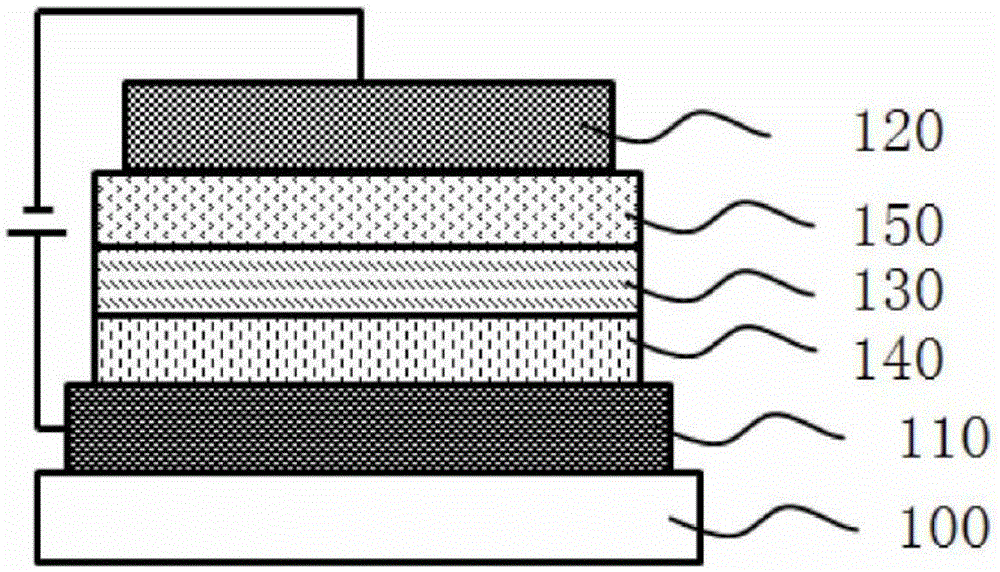Organic electroluminescenct compound and organic photoelectric apparatus therewith
An organic optoelectronic device and compound technology, applied in the field of organic electroluminescent materials, can solve the problems of urgent development of high-performance TADF materials, poor efficiency and lifespan, and high material cost, and achieve low cost, environmental friendliness, and high luminous efficiency. Effect
- Summary
- Abstract
- Description
- Claims
- Application Information
AI Technical Summary
Problems solved by technology
Method used
Image
Examples
preparation example Construction
[0055] The preparation method of the compound described in the formula (I) of the present invention is not specifically limited, typical but non-limiting: For an illustrative example, its synthetic route and preparation method are as follows:
[0056] synthetic route
[0057]
[0058]
[0059] Among them, X, R 1 and R 2 With the same explanatory meaning as above, n is selected from 1-4.
[0060] resolve resolution:
[0061] The starting material (1eq.) was reacted with imidazole (2.5eq.) in the presence of potassium carbonate (2eq.) and cuprous oxide (0.005eq.) to give intermediate a. Intermediate a is reduced by hydrogen to obtain intermediate b. Intermediate b (1eq.) brominated the amino group under the action of sodium nitrite (3neq.), hydrobromic acid (2.5neq.) and cuprous bromide (1.05neq.) to obtain intermediate c. Intermediate c (1eq.) was reacted with palladium acetate (0.05neq.), tri-tert-butylphosphine (0.075neq.) and cesium carbonate (1.5neq.) (1.1neq...
Embodiment 1
[0107] Compound 1 was simulated according to the above simulation scheme;
Embodiment 2
[0109] Compound 5 was simulated according to the above simulation scheme;
PUM
| Property | Measurement | Unit |
|---|---|---|
| quantum yield | aaaaa | aaaaa |
| coating thickness | aaaaa | aaaaa |
Abstract
Description
Claims
Application Information
 Login to View More
Login to View More - R&D Engineer
- R&D Manager
- IP Professional
- Industry Leading Data Capabilities
- Powerful AI technology
- Patent DNA Extraction
Browse by: Latest US Patents, China's latest patents, Technical Efficacy Thesaurus, Application Domain, Technology Topic, Popular Technical Reports.
© 2024 PatSnap. All rights reserved.Legal|Privacy policy|Modern Slavery Act Transparency Statement|Sitemap|About US| Contact US: help@patsnap.com










